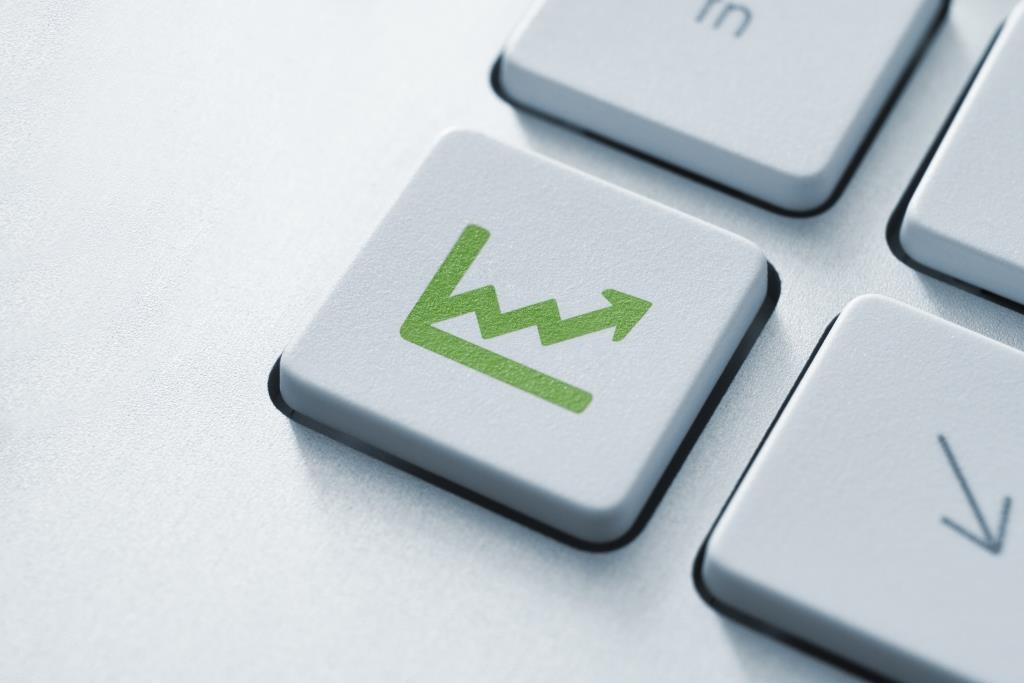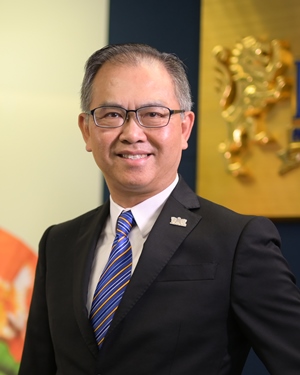Green finance is a hot topic in Asia. While others are still getting started, one Hong Kong private company’s long-established commitment to ESG principles has seen it become the first of its kind to complete a green loan, in record-breaking time.

Obtaining green financing is not necessarily the reserve of large corporates or multinationals. One local company that started life as a paper bag manufacturer in the early 1980s has now become a global manufacturer, printer and packaging solutions provider with a decades-long commitment to environmental governance and corporate social responsibility. Recently, this company has successfully raised capital to invest in energy saving initiatives as well as reduce waste and carbon emissions in its facilities.
The Leo Paper Group made history in September 2018, when it became the first private company in Hong Kong to arrange a HK$350 million (US$44.6 million) green loan. What makes this deal exceptional is the speed at which the loan was completed relative to its size; it was closed in a record-breaking 39 days. It was also a landmark day for the Hong Kong Quality Assurance Agency (HKQAA) which celebrated the occasion by issuing its first internationally-recognised Green Finance Certificate to a private company.
Leo Paper Group’s Chief Finance Officer, King Lai, said the speed at which the loan gained approval from all parties was due to the group’s meticulous environmental data collection and transparency of financial records. “I highly recommend green loans. It makes sense to commit to green loans and sustainable practices, but you must invest in energy management and data collection, and take the process step-by-step.”

King Lai, Leo Paper Group
Deal mechanism
The group’s four-year term loan and revolving credit facility is supported by seven of the company’s long-standing financial partners. They include the Bank of East Asia, BNP Paribas, Citibank, Hang Seng Bank, HSBC, Mizuho Bank and MUFG Bank. The loan is required to be used solely for green projects and investment.
Being certified has dual benefits. Issuers can have greater certainty – with the assurance that a company’s green credentials have been assessed by an independent third party, using an internationally-recognised framework. In theory, banks can be assured that a company with HKQAA certification is more sustainable and has lower operating and environmental risk. For companies like Leo Paper Group, certification meant savings on loan interest payments.
Over the next four years, proceeds from the green loan are earmarked to reduce the company’s carbon footprint and energy usage, and to alleviate air, water and materials pollution at its Heshan-based factories in China’s Guangdong Province.
Projects include:
• Waste gas prevention, control, recycling and treatment
• Solid waste reduction, pollution control and restoration
• Sewage treatment to limit the discharge of pollutants using new processing technology; renewables including the utilisation of waste heat
• Green building energy and materials savings
These projects must also comply with the Green Loan Principles jointly issued by the Asia Pacific Loan Market Association and the Loan Market Association in 2018.
Positive attitude
The Leo Paper Group holds a plethora of environmental awards and, over the past decade, the group has been voluntarily publishing a sustainability report which covers the group’s environmental, social and governance (ESG) performance. This backed up its green credentials and validated the savings it had made from its sustainability initiatives. So, the transition from in-house programmes to external green loan funding was relatively smooth.
Lai said: “We were ready. And knowing that the Hong Kong Government and HKQAA didn’t just want only big players, they also wanted smaller-scale companies to be involved, I said – why not?”
As a 25-year veteran with the group, Lai has seen the company evolve from a small factory in Hong Kong to become the city’s largest privately-owned printing and manufacturing company with offices in Hong Kong, Mainland China, US, UK, Belgium and Italy.
Change for the better
“The whole green issue has changed,” added Lai. “In the past, going green meant more expenses and more money. Now, green can mean sustainable development and lower long-term costs.”
Lai shares an example of when the company reviewed its electricity power management in one of its factories. It installed an air-cooling system that used off-peak electricity to make ice. This process generated heat, which was used to warm water. The ice was used in the air-conditioning system during the day. This captured around 97% of the energy the company paid for, and the system paid for itself in 1.5 years.
Last year, the group launched another smart project to reduce the water content of waste produced in the manufacturing process. By essentially introducing a high-speed centrifugal process when treating waste containing 80% solids and 20% water, the company effectively reduced water loss by 5%, cut the company’s carbon footprint by 5%, and saved millions of Hong Kong dollars in transporting waste material.
A greener Hong Kong
Hong Kong’s position as a gateway to Mainland China and Belt and Road economies means it also has the potential to become a major hub for green finance and sustainable investment, for the region and globally, since companies like Leo Paper Group trade worldwide.
Government support is crucial for such developments. Since June 2018, the Hong Kong Government’s Green Bond Grant Scheme has provided subsidies for green bond issuers.
What makes the HKQAA certification so crucial is that it provides independent green certification. One of the headwinds faced by those wanting to invest in green finance is the lack of uniform global guidelines. For example, Mainland China’s classification of what constitutes green credentials differs from European criteria. So, Hong Kong’s Green Finance Certification Scheme provides both issuers and investors with greater certainty due to a third-party assessment and makes green finance more attractive to investors.
The Hong Kong Government announced in its 2018-19 Budget a green bond programme with a borrowing ceiling of HK$100 billion. It is hoped this will build a local green bond investor base and encourage more issuers to arrange green project financing in Hong Kong.
In May 2019, the Hong Kong Monetary Authority held a Green Finance Forum to discuss ESG investment and sustainable banking, where it released its survey of 47 banks – all of which had green assets totalling HK$20 billion in green loans and HK$40 billion in green bonds.
Lai said government subsidies for green bonds are encouraging. “Hong Kong is a world-famous free port. Sometimes we take this for granted. It’s a good financial market where you can raise green finance at a relatively lower cost. I don’t think you could find a better place.”


